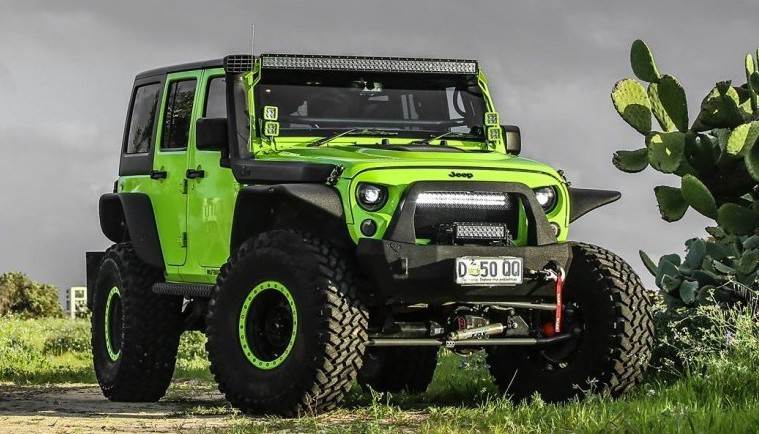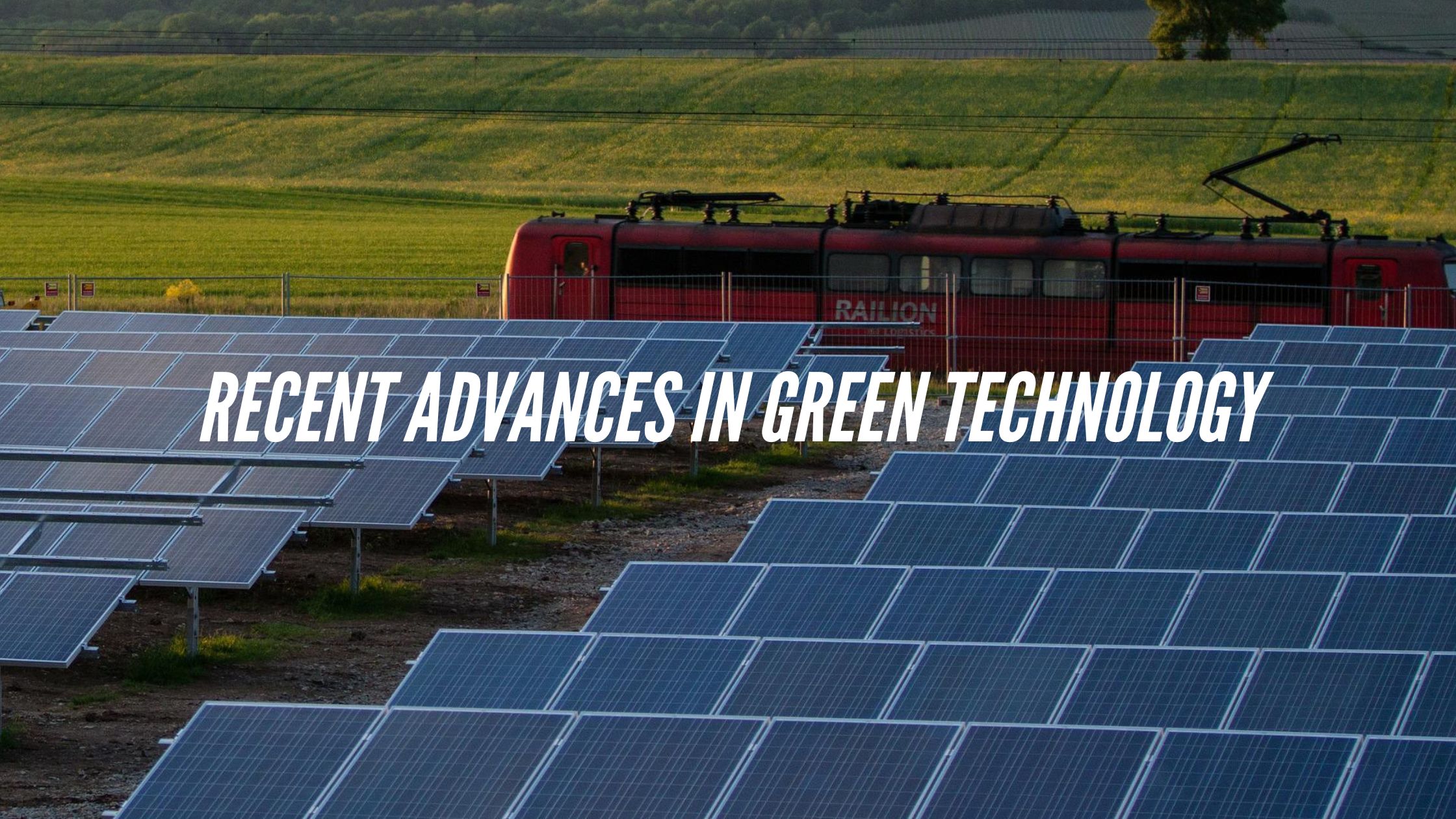I love off-roading, but I also care about the environment. Fortunately for those of you like me, there have been a lot of advances lately in green tech for 4 wheel drive vehicles.
The history of green 4x4s is tied to the history of the early hybrid cars. Many people erroneously believe that the technology is new but the truth is that some of the technologies we see in eco-friendly cars today have been around for decades, with roots as far back as 1900. The preponderance to think all green tech is new is driven by the fact that eco-friendly cars have really only popular reality over the last decade.
When Did it All Start Anyway?
The history of eco-friendly cars dates back to the invention of the automobile; or it’s very early days anyway. The first installments of cars were electric, as designers experimented with a variety of power options. During the initial days of car manufacturing electricity, steam and other technologies were tried as possible means of fuelling the power required. It was only at the start of the twentieth century that it became obvious that the best way to power a car was through the use of an internal combustion engine; or best at that time anyway. Since then just about all cars manufactured were built with this technology all the way into the early 90s.
Hybrid power, one of the early technologies used in the green development of cars, is one arena that has helped shape the eco-friendly modern day 4×4 market. However, not many know that Ferdinand Porsche was behind this technology. He developed it in 1900. Between 1900 and 1930, virtually every experimenter that developed cars used hybrid engines but, unfortunately, none of them truly got off the mark. The main reasons that the idea stagnated were the dominance of the internal combustible engine and the relative cheapness of petrol. This led to a lull in the development of eco-friendly cars for many decades.
Picture: Jeep Renegade – new breed of small 4x4s delivering just 134g/km CO2 emissions
It wasn’t until the 1970’s that eco-friendly cars became visible on the roads again. Of course, they grew al little in popularity after the Second World War due to a shortage of fuel, but it was the fuel shortage of the 70s that led to a boom in the interest in this sector. Virtually all cars produced at this time were small and fuel efficient. Interest in electric vehicles also grew but practical problems meant they remained within the confines of the experimenters’ garage.
It was during the seventies that car makers also began using hybrid technology. In the later part of the decade though, fuel shortages ended and there was a return to status quo, as oil prices fell and manufacturers suspended the manufacture of hybrid cars. These cars didn’t reappear until the late nineties. The first model was the Toyota Prius which was launched in 1997.
Today, virtually all car makers have hybrid cars in their line up and even cars that are not hybrids are now being redesigned to be fuel efficient and eco-friendly. 4x4s, from Jeeps to upmarket Range Rovers, are good examples of modern day car designs infused with eco-friendly features.
As we become more conscious about the environment, our carbon footprints, and the depleting natural resources, the consumer market is become more ready to accept and invest in green cars. This can only be a good thing in the long run.





